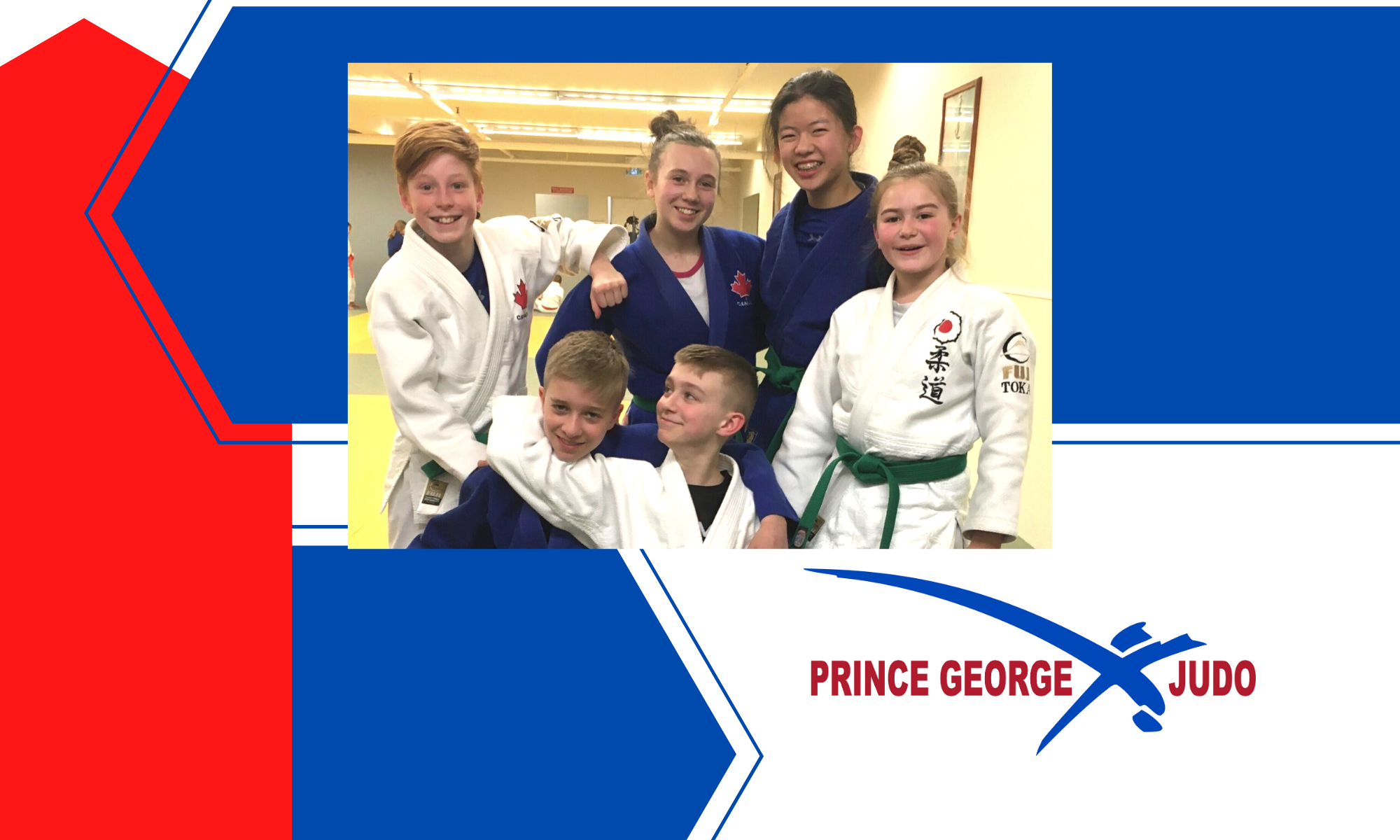The best first aid for nose bleeding starts with a calm approach. There is an overwhelming urge to mat swab or tamponade the nose which is really not helpful since it only reduces the visual impact of the bleeding and prevents the splatter effect that concerns everyone.
In my opinion the best approach for immediate first aid is to remove the person to a site for control that can be cleaned up afterward. Then gather the supplies needed (Kleenex, paper towels wash cloth and some type of bowl or basin). Once these are collected then have the person sit forward with blood flowing into the bowl or basin and get the person to blow their nose to remove the initial clots. In this instance clots are bad they don’t actually stop the bleeding they just congest the nose.
Once the clots are gone and the nose is open and flowing pinch the front (soft) part of the nose firmly for ten minutes while the head and face are forward. Don’t bother to change the approach at this point, or to clean up because the protein clotting cascade needs time to carry out its’ function and in addition the compression permits the blood vessel to go into spasm.
After ten minutes then release the nose and by this time the bleeder is more calmed down and likely heart rate and blood pressure has settled as well. If, upon release of the nose there is no further flow, gently start cleaning up with a moist hand towel or washcloth. Do not place any material into the nostrils. If bleeding continues you should repeat the compression for 10 minutes while transport arrangement to a clinic, ER or Dr’s office is made.
If the bleeding is controlled at this point and the person is cleaned up, a small amount of soft ointment at the nostril level can be quite soothing. You can also wet a cotton ball with Otrivin 0.1% and place it into the offending side and reapply the pressure. Otrivin is a medication that puts blood vessels into spasm. The 0.05% pediatric strength Otrivin is equally effective as the 0.1%.
The above controls the majority of spontaneous or sports trauma related bleeding. Often, attendants are concerned that the nasal bones have been broken and this is where the bleeding arises from. This can be the case, but is not anywhere near as common as the bleeding that comes from the mucosal lining.
Tilting the head back is a common mistake and just permits the blood to flow down the throat, which causes the person to sputter and gag and makes the situation worse. The idea of letting a clot develop and then “not disturbing it for fear of repeat bleeding” doesn’t work. All it achieves is a slow bleed that pushes the clot forward and results in more bleeding and fills the nose preventing breathing.
Once the nosebleed is controlled, the bleeder should rest and use ointment to prevent itching, crusting, picking, and blowing. If not, the crust will form and result in a recurrent nose bleed. The mucosa of the nose repairs itself quickly usually within 24-48 hours.
Nosebleeds that exceed these first aid measures in my opinion require more medical assessment. Remember that Aspirin is a medication commonly used by people it is an anti-platelet agent and platelets are the first responders by the blood for clotting. Persons on aspirin bleed more and more easily.
You may have heard of using a cold cloth on the back of the neck or lying the person down etc, these are all initiatives to reduce heart rate and blood pressure and reassurance.
I have dealt with nose bleeding for thirty years. Some have been simple and some have been scary. What I can tell you is that a calm approach is paramount.
Dr. John
